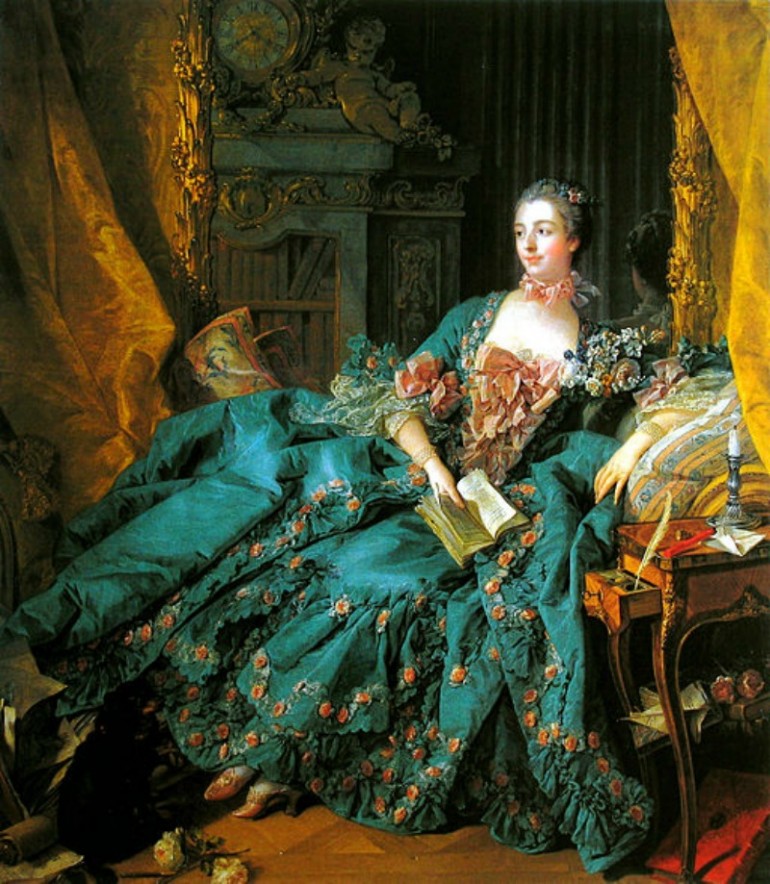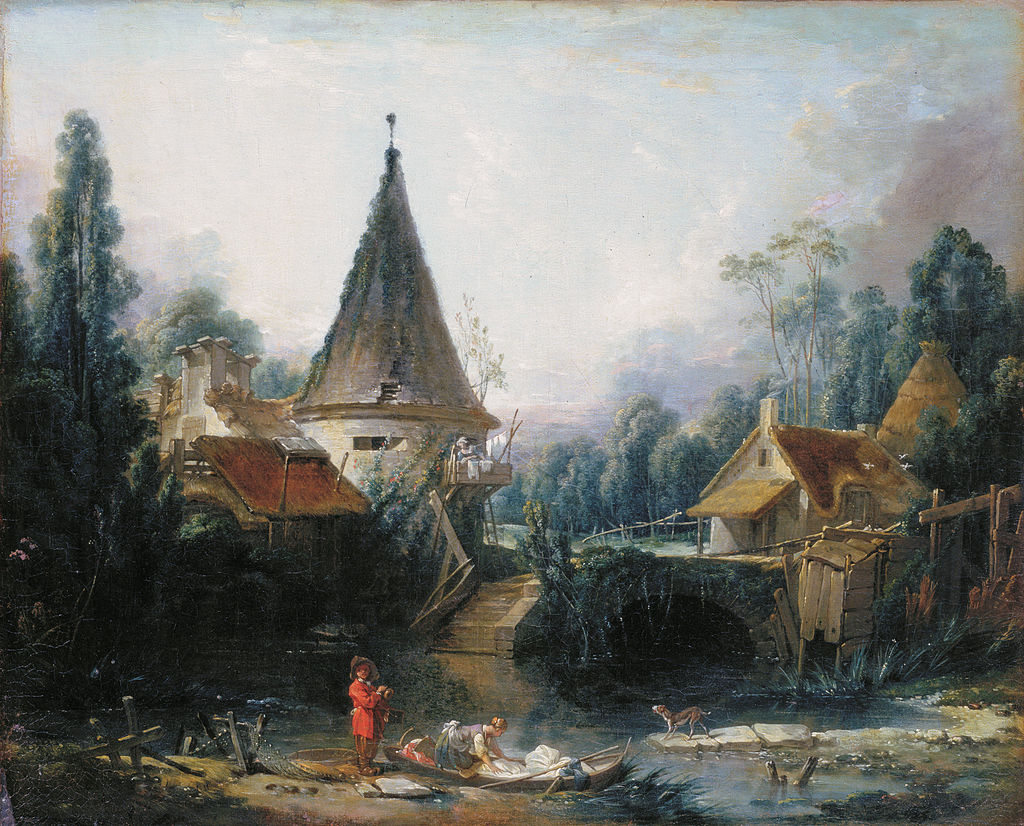François Boucher, compared to many other artists of his time, was closely associated with the development of the more mature style of French Rococo and its spread across Europe. Boucher, who was born on September 29, 1703, was popular for his pastoral scenes, his decorative allegories and for painting beautiful, voluptuous and idyllic paintings with classical themes. He was widely known as a decorative artist who did many portraits of Madame de Pompadour, his patroness.
His works were considered as perfect examples of the tastes of the French art patrons during the Rococo period.
Boucher was influenced by the works of his teacher François Le Moyne, Peter Paul Rubens and Giovanni Battista Tiepolo. However, his earliest exposure to art and his initial training came from his father, who was a lace designer.
Early work
Boucher was a masterful French Rococo painter who started as an engraver and supported himself through being a designer of book illustrations and as a printmaker. In 1723, Boucher won the Prix de Rome. When he was around 23 years of age, he worked under Jean de Jullienne and received his first large commission. He was tasked to make etchings from the 125 drawings created by Antoine Watteau, a French Rococo painter who started the revival of interest in movement and color that were reminiscent of the works of Rubens and Correggio.
His fee from the large commission allowed him to travel to Italy where he was exposed to the works of the Baroque masters such as Rubens, the styles of the 18th century Venetian paintings and the Dutch landscape artists that were working in Italy. Their influences could be seen in his early works, such as the “Capriccio View from the Campo Vaccino.” His study tour of Italy lasted for four years, from 1727 until 1731. Unlike his contemporaries, he developed his own style from the many things that he had learned during his stay in Italy.
Success
Boucher also illustrated a batch of the works of Molière after which he drew chinoiserie and farmyard scenery cartoons that were used by the tapestry factory of Beauvais.
His pastoral landscape paintings and light-hearted and sensuous mythological works brought him fame. He received commissions from Madame de Pompadour, his patron and friend and from the Queen of Versailles. By 1734 he became a member of the Royal Academy and later has chosen to be the principal designer for the Royal Porcelain factories. Likewise, he was appointed as the Gobelins tapestry factory director. Boucher was hailed as the King Louis XV’s first painter in 1765 at the same time that he became the Royal Academy’s director. Among his clients were many bourgeois art collectors and Count Carl Gustav Tessin, who was then Sweden’s ambassador to France.
His style became the hallmark of the Louis XV’s court, characterized by light-hearted subject matters, gently modeled forms and delicate colors. He was particularly notable for the beauty of his female nudes.
François Boucher was so successful and had turned out a sizeable amount of work. In the United States alone there are some 100 of his paintings gracing the walls of various art galleries and museums.
But that is just a part of his artistic production because Boucher also created models for the porcelain factory of Sévres and designed several stage sets.
Contribution to Rococo
The reinvention of pastoral painting was the main contribution of Boucher to the Rococo art movement. He presented idealized landscapes with shepherdesses and shepherds unusually dressed in fine silk, showing scenes of sentimental and erotic love. His style was closely related to the comic operas of the period, particularly the productions of Charles-Simon Favart, who was also a friend of Boucher’s. His friendship with the highly-favored royal mistress to King Louis XV, Madame de Pompadour, had plenty to do with his continued success, and he returned the favor by creating some beautiful paintings for her, such as “The Interrupted Sleep” and “The Toilet of Venus” as well as several portraits. His early training from his father could be seen in the details he put in his designs and the clothes of his female models.
Decline
Boucher’s fame began to wane toward the latter part of his life due to overproduction, the low-quality translations of his designs into tapestries and the emergence of a new movement, Neoclassicism, which led to him losing favor from the public and art critics. He died on May 30, 1770 at the age of 67.
Photo Attribution:
Featured and 1st image by François Boucher [Public domain], via Wikimedia Commons
2nd image by François Boucher [Public domain], via Wikimedia Commons

